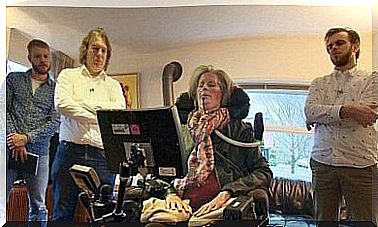5 Primitive Reflexes In Babies
One of the primitive reflexes that the baby has during its first months of life is that of swimming, although it usually disappears after six months
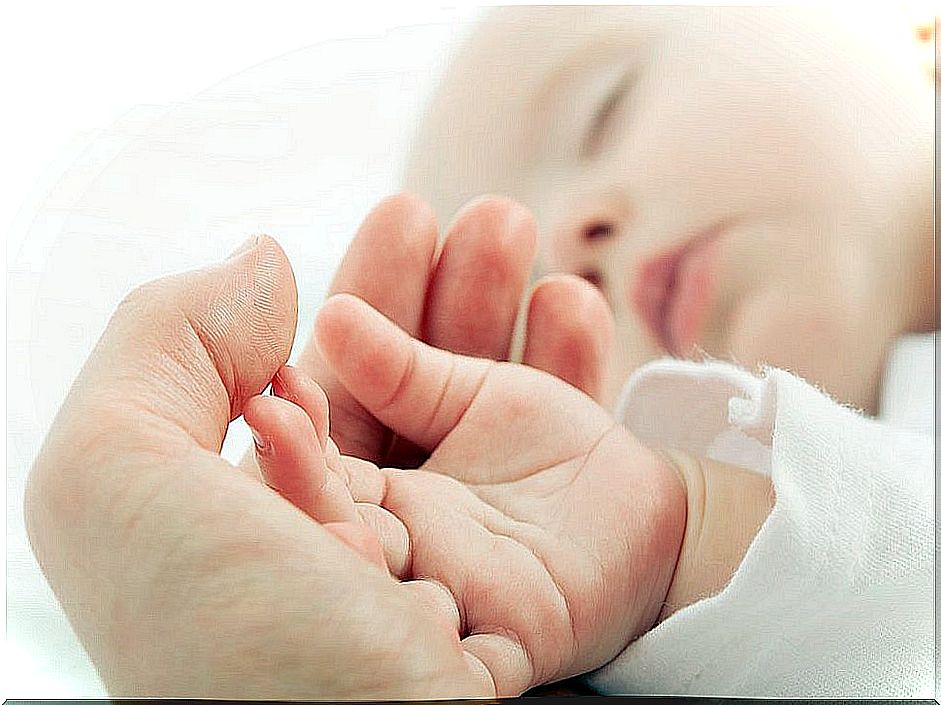
Throughout our development as a species there are some primitive reflexes that appear when we are still babies, although these disappear after a few months of life.
Although we may not give them any special importance, the fact that these primitive reflexes do not manifest may indicate that there is a neurological disease. That is why it is so important to take them into account.
What primitive reflexes appear in babies?
There are many more primitive reflections, but these are some of the main ones.
1. Suction
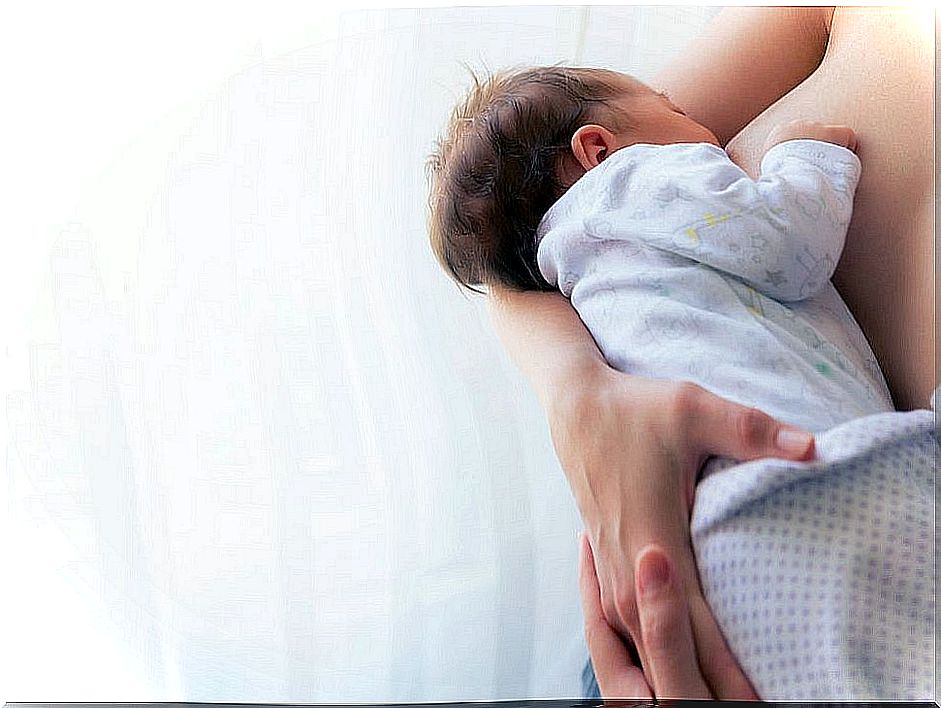
This is one of the primitive reflexes that not only humans have, but also many animal species. If we have had pets such as dogs or cats, we will have seen this reflection in newborns.
- This reflex has a very important job and it is to allow the baby to be nourished by what is essential for him to live.
- In addition, the sucking reflex is accompanied by the search reflex, which allows it to detect the object that will allow it to feed.
When he has done so, he sucks and the moment something touches his palate, he instinctively squeezes with his tongue to promote suction.
2. Pressure
This is another of the primitive reflexes that babies have and that allows them to grasp objects. Therefore, many times babies tend to grab a finger or a blanket, something that they have at their side.
- On many occasions, parents or those around them may be surprised at the force they exert when holding a finger, for example.
- This strength is the result of that reflex that allows them to hold on to something safely, avoiding letting it go easily.
The objects that babies can hold thanks to this primitive reflex in the first months are equivalent to their own weight.
3. Swimming
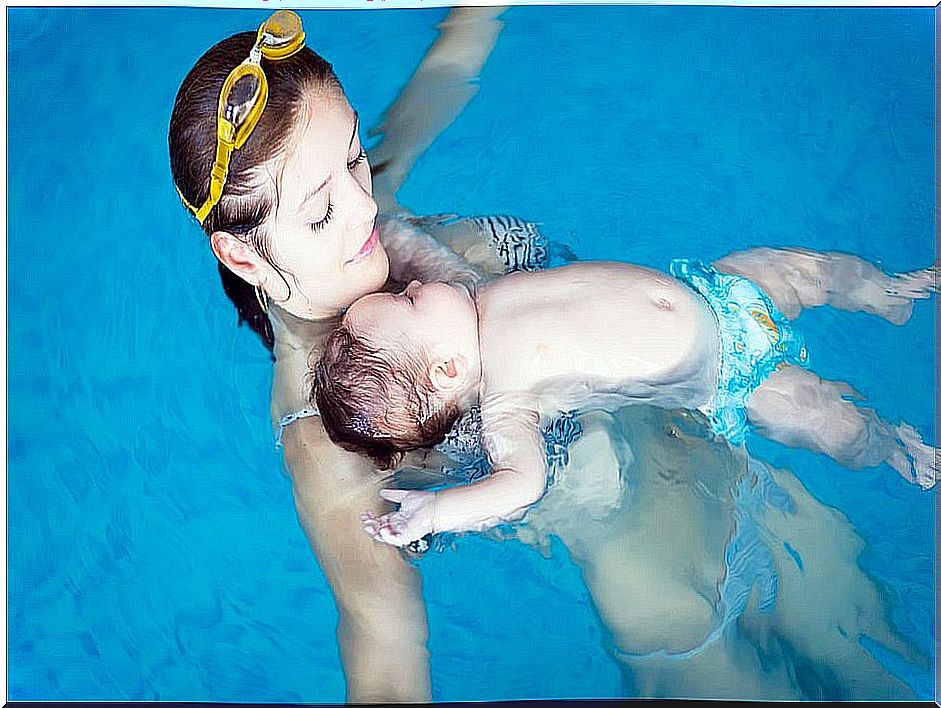
A baby can swim, in fact there are even classes for mothers and their babies called midwifery.
- It is a primitive reflex in which, as soon as the baby is placed with his belly in the water, he begins to move his arms and legs instantly.
- However, at 6 months this reflex, like many others, usually disappears.
For this reason, starting midwifery can be very interesting, both to strengthen the bond with the mother and to stimulate the baby through games and various activities in the water.
Despite this, it is advisable not to start babies in this practice until 4 months because they may be more susceptible to ear infections or colds.
4. Startle
We may not have noticed, but when a baby hears a sudden and very loud noise, he spreads his hands, legs and clings to the person who is holding him.
In this way, you avoid falling while being held.
- This reflex, like the ones mentioned above, is nothing more than a survival instinct that prevents something from happening to the baby itself.
In this case avoid a possible fall. The same is true of some animals, such as koalas or orangutans, which also cling to their mothers while being transported.
In the case of babies, this only happens when they hear a loud noise that alerts them to danger and, therefore, they cling to what provides them protection.
5. Automatic gear
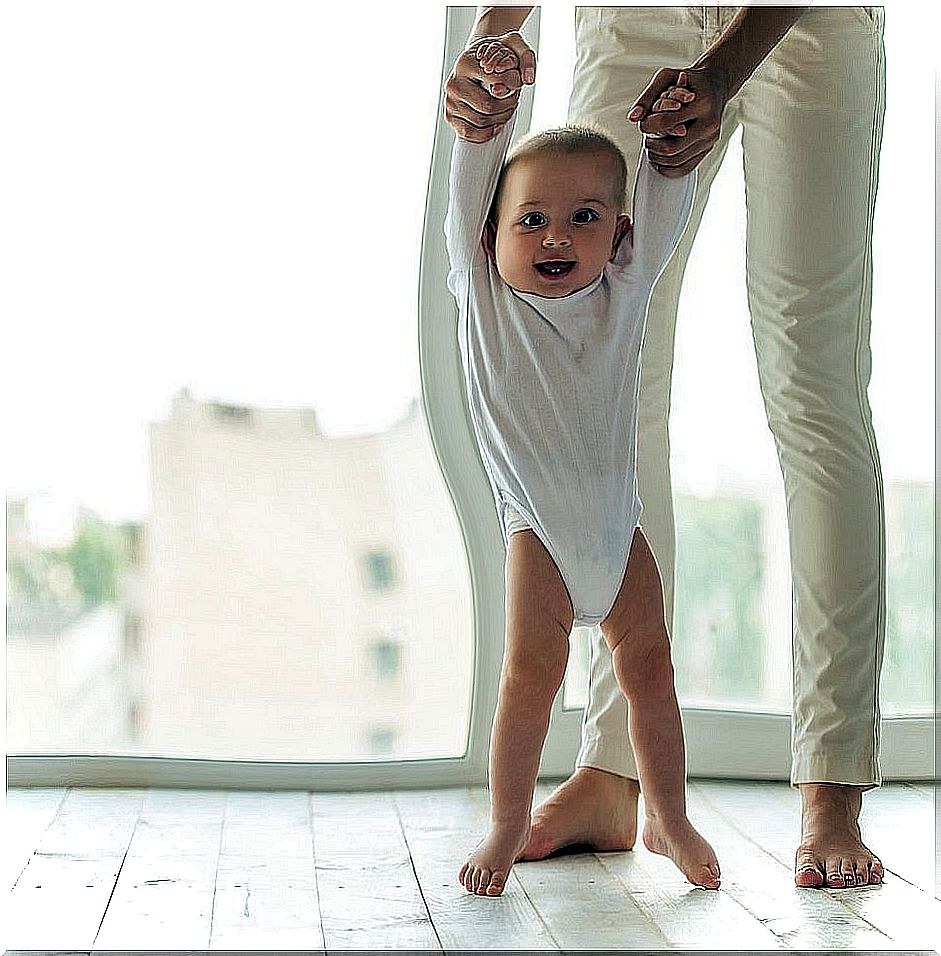
In the case of the automatic walking reflex, when the baby is placed in an upright position, the baby begins to take steps as if walking.
- This reflex ends up disappearing after 4 or 6 months to give way to the first exercises that will allow you to prepare to start walking.
- The absence of this reflex may indicate a later problem, therefore it is necessary to verify that it is present.
Their absence during the first months of life may indicate a problem that needs to be addressed.




